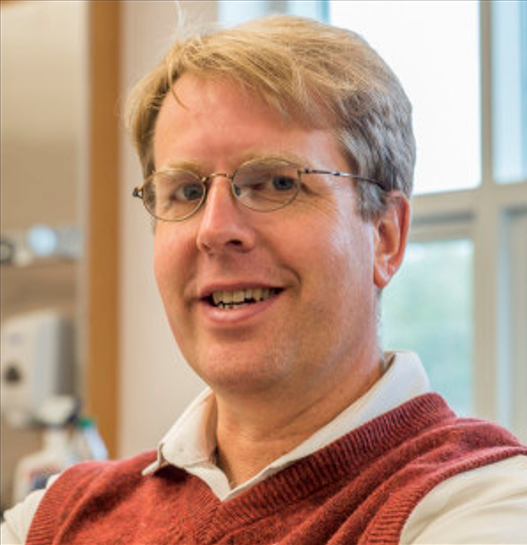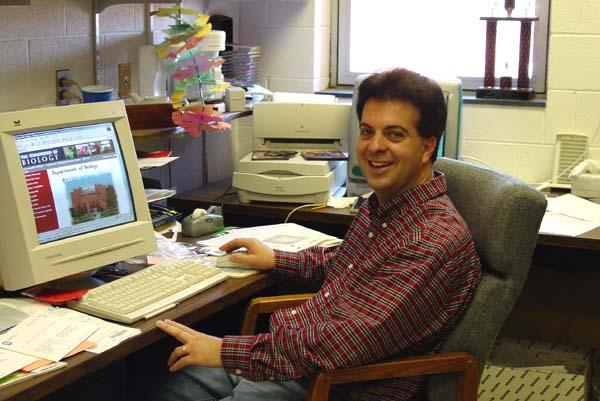
After more than thirty years, the Human Genome Project is now complete. Monmouth College biology professors Eric Engstrom and James Godde recently commented on what that means
MONMOUTH, ILLLINOIS (April 4, 2022) — In the 19th century, geographers pretty much knew how the world was laid out — where the oceans stopped and land-masses began, where countries' borders were, and where cities, towns, and villages were located.

But they didn't know everything about the planet's lay-out. Monmouth College biology professor Eric Engstrom said that is an easily-understandable analogy for what happened in the past few days with the announcement that scientists have sequenced the complete human genome for the first time.
"In the 1800s, a map of the world still had large holes in it," he said. "There were parts of Africa and South America that were just a white space because those areas hadn't been explored yet."
Similarly, the Human Genome Project, an international research effort to determine the DNA sequence of the entire human genome, has had holes in it for years — roughly 8% worth of holes — despite a "draft" sequence that has been in place for two decades.

"This demonstrates the importance of finishing what you've started," said James Godde, Engstrom's biology department colleague. "It has been a very lengthy process, indeed. The Human Genome Project officially started in 1990 and the draft sequence was published in 2000, before most of today's college students were even born. The final sequence was released in 2003, but as you can see, there was still work to be done."
Engstrom called the completion of that work "a real accomplishment."
"We're done with understanding one phase of the human genome," he said. "There's a big difference between saying, 'It's very likely that human DNA doesn't have a gene for a certain trait' and being able to say so — or not — with certainty."
The next step
Engstrom said the accomplishment is a win-win of sorts, as not only has the sequencing been completed, but the science used to get there might have other fascinating applications.
"The technology that had to be designed to get the final parts of the sequence might have interesting consequences," he said. "What else can you do with these tools? We'll find out. It might open the door to new applications that were not anticipated."
It's been about 530 years since America was "discovered," and there's not much more that can be added to a map of the world these days. But there is still plenty to discover about the human genome.
"We're finding out about how it all works and what it all means," said Engstrom. "There are so many flavors of genes, so many varieties."
For example, Engstrom said scientists continue to learn more about the role of RNA, or ribonucleic acid, a polymeric molecule essential in various biological roles in coding, decoding, regulation, and expression of genes.
He also said the sequencing project showed that there isn't "junk DNA," at least to the degree that was once believed.
"This showed that there is not empty space in the sequencing," he said.
Final takeaways
Godde said Monmouth students can take note of how the team of nearly 100 scientists handled the human genome assignment.
"For any students working on a project, my advice would be to keep chugging away on it until it is free from errors, with all of the gaps filled in," he said.
Engstrom said it would be wise to check the copyright dates on textbooks.
"I teach cell biology, and some of the information is different in every edition that comes out," he said.
Those "new" 2021 editions? Now they're out of date, too.
And more genome-related progress is expected to occur often and rapidly. Lead study author Adam Phillippy said he hopes that within the next ten years, sequencing individuals' genomes can become a routine medical test that costs less than $1,000. Such sequencing will allow for individualized medicine and treatment.










